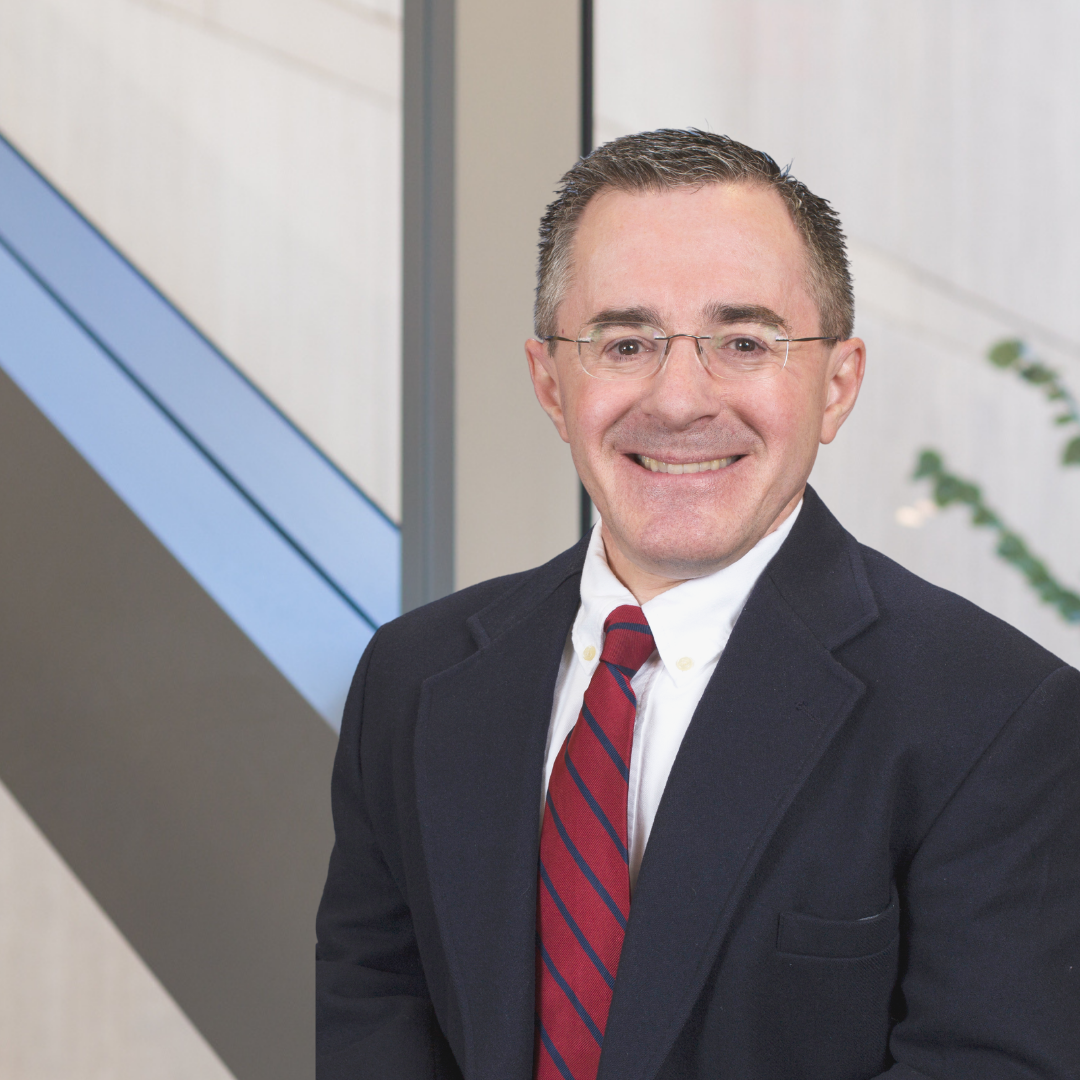Five things you might not know about diabetes — but should
By Elizabeth Cogar
VCU School of Pharmacy

For National Diabetes Month, we asked Evan Sisson, Pharm.D., a professor at the School of Pharmacy who is a certified diabetes care and education specialist and 2021 chair of the Virginia Diabetes Council, to share some important information about this widespread yet often overlooked disease.
1. Diabetes is not going away.
“The big thing about diabetes is that it is still a big problem. It continues to increase not only in the U.S. but also around the world. Currently, 34 million people in the U.S. have diabetes, which is about one in 10. And one in five of those people don’t know they have it. So it tends to get forgotten. People think, ‘A lot of people have diabetes, but I’m not going to worry until it becomes a problem.’ There’s not an urgency to it.
“Not thinking about diabetes is dangerous. People with diabetes are at a much higher risk of heart disease and early death — approximately a 60% higher risk of death — so it’s important to prevent it and know if you have it. Once you have diabetes, you are two to four times more likely to have a heart attack or a stroke than the rest of the population. Smoking also doubles that risk. So that’s a doubling of a doubling.”
2. There are two types … you can prevent one of them.
“When you ask people about what they know about diabetes, they’ll often think of a child with diabetes who has to take insulin. That’s Type 1 diabetes, and it’s a very small subset of all people who have diabetes.
“The vast majority, 90% of people, have Type 2 diabetes, which is more closely aligned with being resistant to the effects of the insulin that we make. Type 2 diabetes is related to being overweight or obese, and those are things you can change by modifying your diet and exercising. You don’t have to try out for an Olympic team, or return to the level of activity that you did when you were in high school athletics. Really, what we’re talking about is 30 minutes of activity, at least five days a week.”
3. You may already have it.
“Diabetes is a chronic disease, and so it doesn’t happen all at once. Type 2 diabetes takes five to 15 years to develop, and by the time it’s recognized, damage has already happened to the vasculature, or blood vessels. While often there are no symptoms, some things to watch for include:
- Increased thirst
- Frequent urination
- Increased hunger
- Unintended weight loss
- Fatigue
- Blurred vision
- Slow-healing sores
- Frequent infections
- Numbness or tingling in the hands or feet
- Areas of darkened skin, usually in the armpits and neck
4. Diabetes is expensive, and it doesn’t go away.
“Once diabetes happens, it costs a lot of money, over $327 billion each year in the U.S. People end up losing time from work. There’s an increase in hospitalizations, and it costs more for the medicines that they need. People with diabetes take twice as many medicines as people without.
“It doesn’t go away — but it can be effectively managed. Because obesity is a main driver of diabetes, people who lose weight by modifying their diet and activity levels can decrease the need for medicines. Their health improves, and they decrease their risk of heart disease and stroke by half. If they gain their weight back, the risks will return.”
5. There are new ways to treat diabetes.
“The good news about having diabetes right now is that we have a lot of different medicines to treat it … a lot of treatment options. That’s where pharmacists, diabetes care and education specialists and the rest of the diabetes care team can work together to try to figure out what’s best for them.
“In our free clinic, we have a nutritionist that’s looking at the diet. We have an exercise therapist, we have a nurse practitioner, and we’re all working together. Oh, and by the way, this is a lot to deal with and so we have a clinical psychologist that talks about how you can manage all this stuff.
“There are medicines that not only help bring down and control the blood glucose levels, and decrease the risk from diabetes, but also help people lose weight in the process. These medicines also help protect the heart and have been shown to help people live longer. So you’re getting a lot of bang for your buck. The value of having a pharmacist on the team is not just picking the medicine at the top of the treatment algorithm; pharmacists know which drug option might be the best fit for you. And right now, we have a lot of drug therapy choices to individualize care.”
Categories Community health, Faculty and staff news, Faculty news, Pharmacy profession